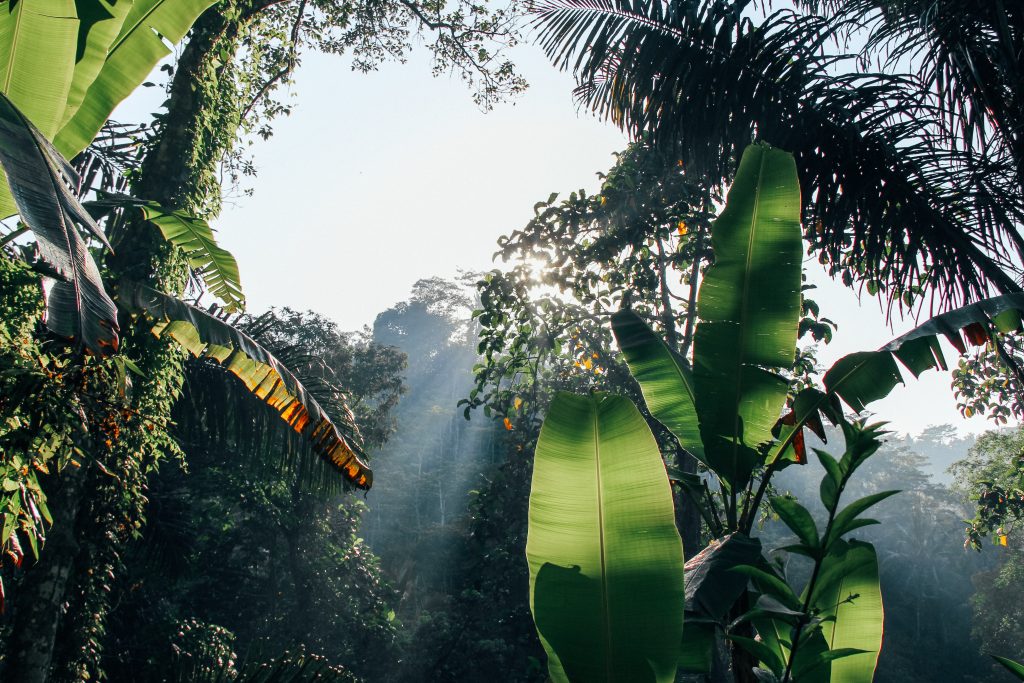What Will Happen if We Lose the Amazon
By: Jane Marsh
The Amazon is an ecological, social and economic treasure and one of the most biodiverse regions in the world. Since the 1960s, when people began clearing it in earnest, its size has shrunk considerably, leaving many to wonder what would happen if it disappeared altogether.
Here are some consequences of destroying the Amazon rainforest and why its preservation is paramount.
Undiscovered Cures
An oft-cited reason for protecting the Amazon is that it could hold the cures to many diseases. One study of Amazonian trees found that 44% of 2,253 useful species identified had known medicinal properties. Researchers have developed countless drugs from these plants and animals, including quinine, tubocurarine and captopril. Scientists are also trying to create new therapies derived from the native flora and fauna before they go extinct.
For example, venom-derived peptides from Amazonian viper species could treat multiple sclerosis, myotonic dystrophy or rheumatoid arthritis. Insect saliva — which often contains bioactive compounds — might serve as a template for synthetic vasodilators, anesthetics, antihistamines, anticoagulants and more. With so many unique species in the Amazon, it’s almost certain that some of them could contribute to medicine.
Decreased Rainfall
The Amazon is so large that as the trees photosynthesize, they release enough moisture to create rain clouds. Removing the entire rainforest would drastically impact local climatic conditions.
Less rain would worsen droughts, creating water shortages and failed crop harvests in the surrounding area. Farmers would have to rely heavily on irrigation to raise cattle and soybeans. Wildfire activity would also increase — fires would burn longer, hotter and more frequently than before.
Reduced Carbon Sequestration
Plants absorb carbon dioxide and release oxygen during photosynthesis. Intact parts of the Amazon rainforest serve as one of the world’s biggest carbon sinks, mitigating the effects of climate change by pulling greenhouse gases from the air.
However, burned and clear-cut areas have begun emitting more carbon than they can absorb, foreshadowing what would happen on a larger scale if the Amazon disappeared. Air quality would suffer, and temperatures would rise as greenhouse gas emissions skyrocket.
Increased Flooding
Floods could become catastrophic without trees and understory growth to absorb rainfall. The land left over after clear-cutting the Amazon would be dry and less permeable to water. Heavy rain would run off and form flash floods, just like in a desert.
A climate characterized by drought and flooding would change the nature of farming in the region. It could also destroy homes and infrastructure.
Biodiversity Loss
Amazon deforestation rose by around 22% between 2015 and 2016. Although the overall rate of destruction has slowed since the early 2000s, it is continuing faster than the rainforest can regenerate. Biodiversity loss is one of the most obvious adverse effects of this process.
The Amazon is arguably the most biologically diverse ecoregion in the world, containing around one-third of all known plant and animal species. Once they go extinct, they are gone for good. The loss of culturally or medically significant species would profoundly affect society.
Impoverished People
About 33 million people call the Amazon Rainforest home. Many rely on small amounts of the rainforest’s resources for food, shelter and income. Destroying the Amazon would displace or impoverish millions of individuals — many families would likely migrate to cities for work and a place to live.
Additionally, the indigenous communities living in the Amazon would lose their culture if the rainforest disappeared. Thousands of years’ worth of stories, identities and cultural ties to the land could come to an abrupt end. The social and psychological effects of losing the rainforest could be devastating.
Protecting the Lungs of the Earth
Destroying the Amazon rainforest would mean losing a biodiversity hotspot. Its absence would lead to increased carbon in the air and oceans, the loss of medically and culturally significant species, and worsening drought and flooding. Additionally, millions of people would lose their homes and livelihoods.
Saving the world’s largest rainforest isn’t just a good idea — it’s critical to protecting the region’s people, plants and animals. There is still time to stop the destruction. However, with every palm leaf that spirals to the jungle floor, a grain of sand falls into the global hourglass. We must act now to stop the Amazon from disappearing.
Jane MarshJane Marsh
Editor-in-Chief at Environment.com
Email jane@environment.co
Website https://environment.co/




